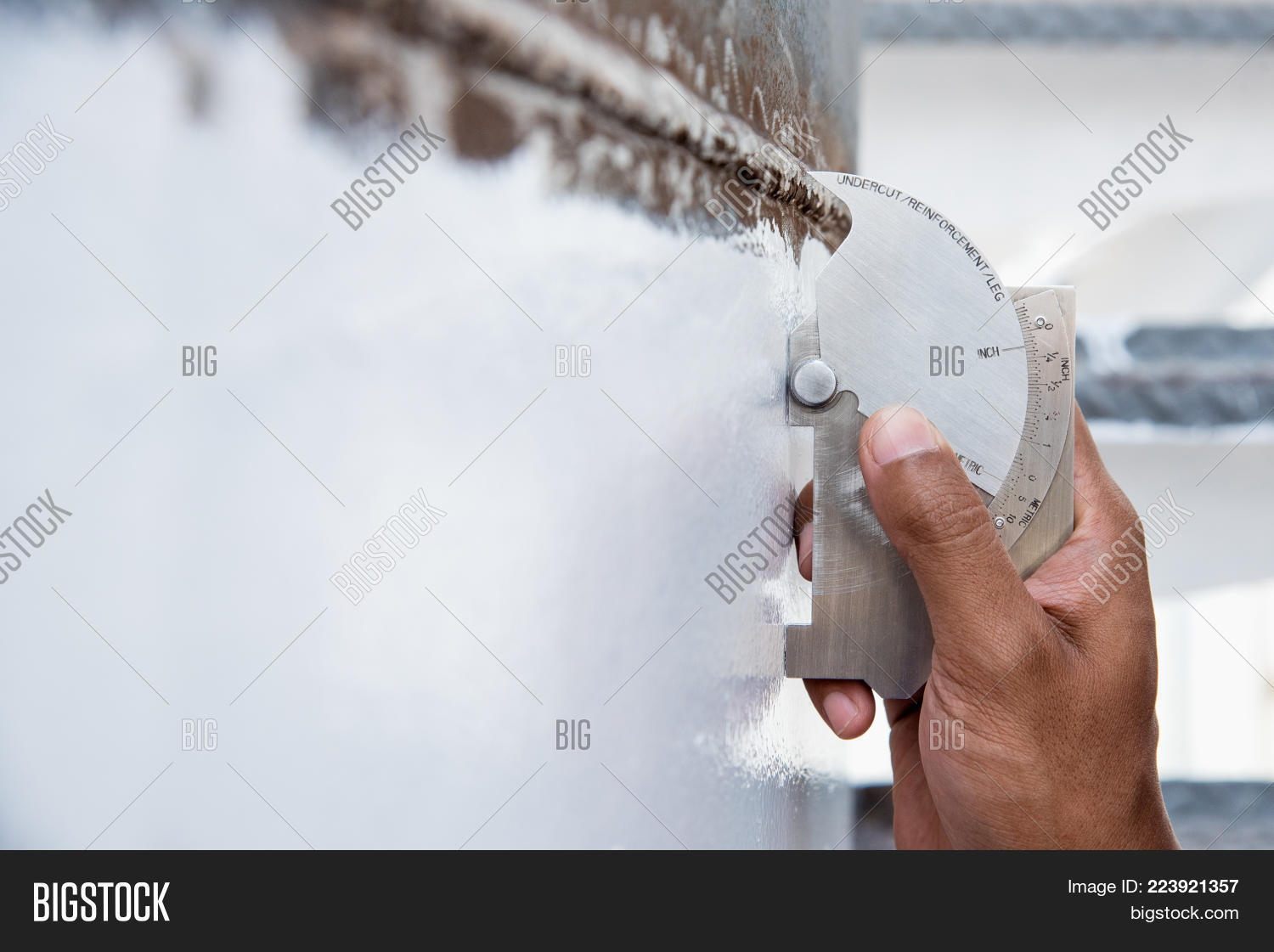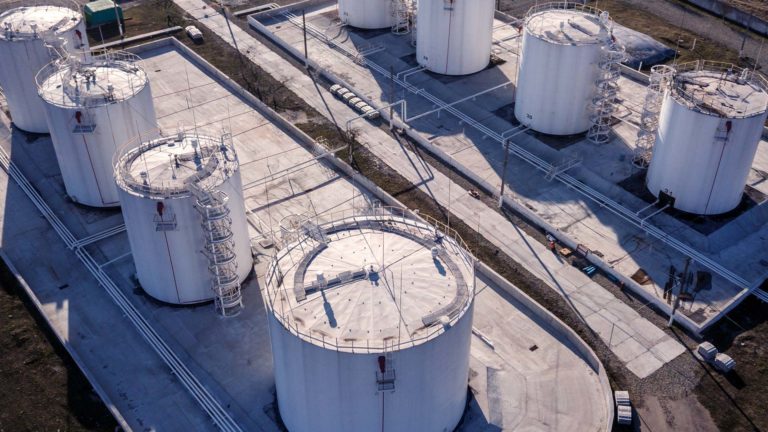A Detailed Introduction of Tank Welding Examination Criteria and Methodologies for Improved Weld Quality and Efficiency
The importance of welding assessment standards in the manufacturing of containers can not be overemphasized, as they offer as the foundation for ensuring weld integrity and functional integrity. Numerous assessment methods, including aesthetic evaluations and advanced non-destructive screening techniques, are important in recognizing possible flaws that could jeopardize performance.
Significance of Welding Assessment Specifications

Welding inspection criteria incorporate a variety of criteria, consisting of product specifications, welding procedures, and credentials of workers entailed in the welding process. By implementing these standards, companies can systematically recognize and remedy potential defects, consequently decreasing the likelihood of expensive repair work or tragic failures. Strenuous evaluation techniques promote a society of accountability and precision, motivating welders to maintain high levels of workmanship.

Typical Welding Examination Techniques


Ultrasonic Evaluating (UT) is an additional common strategy, utilizing high-frequency audio waves to spot inner defects that might not be visible externally. This approach is specifically efficient for determining voids or incorporations within the weld steel. Magnetic Bit Examining (MT) is likewise extensively used, particularly for ferromagnetic products, as it reveals surface area and near-surface issues with the application of electromagnetic fields and ferrous bits.
In Addition, Liquid Penetrant Testing (PT) identifies surface-breaking problems by applying a penetrant to the weld and afterwards utilizing a developer to extract the penetrant. Each of these methods adds to a detailed evaluation strategy, making certain that welds satisfy the stringent top quality requirements called for in storage tank building and construction.
Regulatory Specifications and Conformity
Governing requirements and compliance are important elements in guaranteeing the security and integrity of bonded structures in storage tank building and construction - Tank Welding Inspection. These criteria offer to develop minimum needs for product residential or commercial properties, welding treatments, and evaluation techniques, thereby lowering the threat of architectural failings and improving general efficiency
Key organizations, such as the American Society of Mechanical Engineers (ASME) and the American Welding Society (AWS), provide standards that are extensively taken on in the sector. Conformity with these requirements not only makes certain adherence to finest techniques but additionally fulfills lawful and contractual obligations, safeguarding the interests of stakeholders.
Governing bodies frequently mandate adherence to certain codes, such as ASME Code Area IX for welding credentials and API 650 for welded tanks. These codes detail needs for welding strategies, credentials of workers, and testing approaches to confirm weld stability.
Regular audits and examinations are essential to preserving compliance, as they aid determine discrepancies from established requirements. Non-compliance can lead to substantial penalties, job delays, and safety and security dangers. Thus, a durable understanding of regulatory criteria and a commitment to conformity are vital in attaining top notch and long lasting welded tank structures.
Non-Destructive Evaluating Techniques
How can the honesty of welded frameworks be assured without triggering damages? Non-destructive testing (NDT) approaches use a durable option, enabling examiners to evaluate weld high quality without compromising the product - Tank Welding Inspection. Amongst the most common NDT strategies are ultrasonic testing (UT), radiographic screening (RT), magnetic particle screening (MT), and color penetrant testing (PT)
Radiographic testing includes passing X-rays or gamma rays through the weld, creating pictures that reveal structural problems such as splits or spaces. This approach is invaluable for assessing the integrity of intricate welds.
Magnetic bit testing is suited for ferromagnetic products, where electromagnetic fields disclose surface and near-surface interruptions. Color penetrant screening uses a fluid dye to highlight surface-breaking problems, making here are the findings it an efficient technique for non-porous materials.
Each of these NDT approaches has distinctive benefits, enabling thorough assessments customized to details products and welding procedures. By carrying out these techniques, markets can ensure the dependability and safety and security of welded frameworks, ultimately boosting overall performance.
Enhancing Weld Top Quality Via Assessment
Efficient evaluation plays an essential duty in boosting weld high quality, working as an essential checkpoint in the manufacture procedure. By recognizing prospective issues early, evaluations alleviate the threat of compromised structural stability and make sure conformity with industry standards. Utilizing a mix of aesthetic exams, non-destructive screening (NDT) methods, and mechanical assessments, examiners can find concerns such as porosity, cracks, and incomplete combination.
Implementing a durable inspection method not only boosts the overall top quality of welds however likewise promotes a culture of responsibility amongst welders and producers. Routine training and accreditation of examination workers make certain that they are geared up with the essential skills to acknowledge and resolve potential issues efficiently. This positive strategy reduces rework and linked costs, eventually adding to predict efficiency.
Moreover, comprehensive documentation of assessment searchings for provides useful understandings right into recurring problems, assisting in continual improvement in welding practices. By leveraging sophisticated modern technologies, such as automated ultrasonic screening or electronic radiography, weld top quality can be improved through extra exact examinations. Finally, a rigorous evaluation process is crucial in attaining top quality welds, making sure safety, dependability, and durability in storage tank fabrication.
Verdict
In final thought, the execution of rigorous storage tank welding assessment criteria look at this now and methodologies is visit their website essential for making certain weld stability and performance. By utilizing a combination of visual assessments, non-destructive screening techniques, and adherence to governing requirements, organizations can properly recognize and alleviate potential flaws.